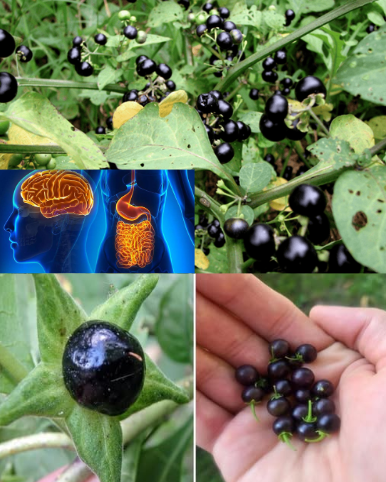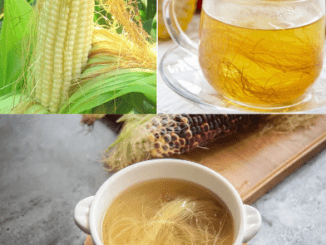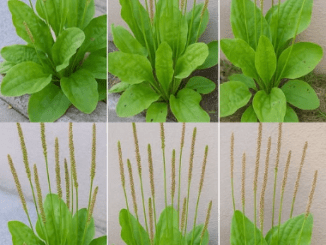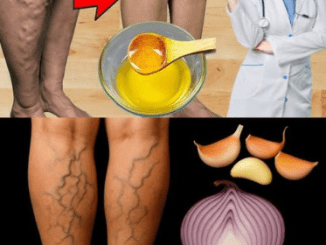
Ever seen a berry so glossy and perfect it looked good enough to eat? What if I told you just one bite could stop your heart? That’s the paradox of deadly nightshade, also known as Atropa belladonna—a plant as fascinating as it is fatal.
Let’s dive into the haunting world of this infamous herb, where elegance meets danger, and learn why admiring from a distance might be your best bet.
A Sinister Beauty in the Wild
Don’t let its graceful look fool you—deadly nightshade is more than just a pretty face. Native to Europe, North Africa, and parts of Asia, it’s been captivating (and killing) for centuries. You might find it growing in woodlands, shady gardens, or even wild fields. And once you know what it looks like, you’ll never forget it.
- Flowers: Bell-shaped with a purple-brown hue and greenish edges—almost too charming to resist.
- Berries: Glossy black, about the size of cherries. They look delicious, but they’re poison in disguise.
- Leaves: Oval, deep green, slightly pointed—growing in pairs like twin warning signs.
- Size: Stands between 2 to 4 feet tall, branching like a cautious invitation.
It’s stunning, yes. But trust me—you don’t want this plant as part of your garden crew.
What Makes It So Toxic?
The answer lies in its alkaloids—powerful plant chemicals that mess with your nervous system. Belladonna packs a poisonous trio:
- Atropine
- Scopolamine
- Hyoscyamine
These guys are anticholinergics, meaning they block acetylcholine—a vital neurotransmitter that helps your body function properly. When you block that? Well, chaos follows.
When Beauty Turns Deadly: Symptoms of Poisoning
Ever wondered what happens if someone accidentally eats a few nightshade berries—or even just brushes up against it? Here’s what you’re in for:
- Dry mouth like you’ve swallowed sand
- Dilated pupils and blurred vision—once seen as attractive, now a warning sign
- Hallucinations and confusion—your brain starts playing tricks on you
- Rapid heartbeat, flushed skin, and intense thirst
- Seizures, paralysis… and in severe cases, coma and death
And here’s the terrifying part: just 2 to 5 berries can kill a child. Adults might survive a few more—maybe 10 to 20. But would you ever want to test that?
Video : Deadly Nightshade Has The Deadliest Berries On Earth
Not Just a Human Threat: Pets and Livestock Beware
Deadly nightshade isn’t just hazardous to humans. It’s equally dangerous for your furry friends and farm animals.
- Dogs and cats can become sick just from nibbling the leaves.
- Livestock like cows, goats, and horses are vulnerable too.
Symptoms in animals include salivation, twitching, restlessness, and dilated pupils. If they consume enough, the outcome can be fatal. So if you’ve got animals near areas where wild plants grow, it’s time to take action.
Staying Safe Around Deadly Nightshade
So how do you avoid getting caught in belladonna’s deadly grip? It all starts with awareness and smart habits.
- Don’t touch it barehanded. Its toxins can seep through your skin or mucous membranes. Always wear gloves if you must handle it.
- Teach kids the “don’t eat wild berries” rule. Even curious little fingers can end in tragedy.
- Keep pets away from unfamiliar plants during walks or outdoor play.
- Learn to identify it. Once you know what to look for, it’s easier to remove it from your surroundings—especially near homes, parks, or trails.
Deadly Nightshade’s Dark Allure Through History
Why would anyone keep a plant like this around, you ask? Well, history tells quite a tale.
- Name origin: Belladonna means “beautiful lady” in Italian. Back in the Renaissance, women used drops from the plant to dilate their pupils—considered fashionable and seductive. Yes, beauty at a deadly cost.
- Folklore favorite: In ancient Europe, belladonna was tied to witches, curses, and spirits. It symbolized death and mystery—and was rumored to be an ingredient in “flying ointments.”
- Modern medicine: Surprisingly, components like atropine are still used today in hospitals to treat things like bradycardia (a dangerously slow heart rate) and as an antidote for some poisons. But only in tiny, precise doses by professionals. Don’t try this at home.
Belladonna in Literature and Pop Culture
You’ve probably seen deadly nightshade mentioned in books, movies, or even songs. From Shakespeare’s potions to witchy spells in Halloween classics, this plant has become a symbol of deceptive beauty and quiet destruction. It’s often portrayed as nature’s femme fatale—and for good reason.
Video : How This Poisonous Plant Became Medicine (Belladonna) | Patrick Kelly
Conclusion: Admire the Mystery, But Don’t Tempt Fate
Deadly nightshade is one of those plants that commands respect. It’s breathtaking, historical, and deeply symbolic. But it’s also unforgiving. A single misstep could turn curiosity into catastrophe.
So the next time you see a patch of bell-shaped flowers and shiny black berries on a woodland trail, keep walking. Don’t touch. Don’t taste. Let deadly nightshade remain what it’s best at—a beautiful danger to be admired from afar.
Remember, in the world of plants, the most mesmerizing ones often have the most menacing secrets. Stay curious, stay cautious, and never underestimate the power of nature’s darker side.


